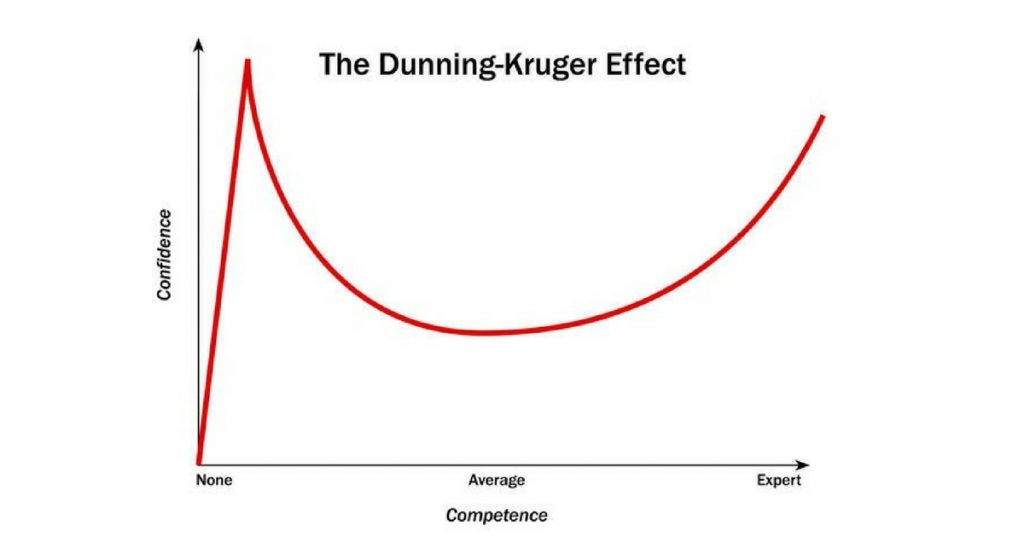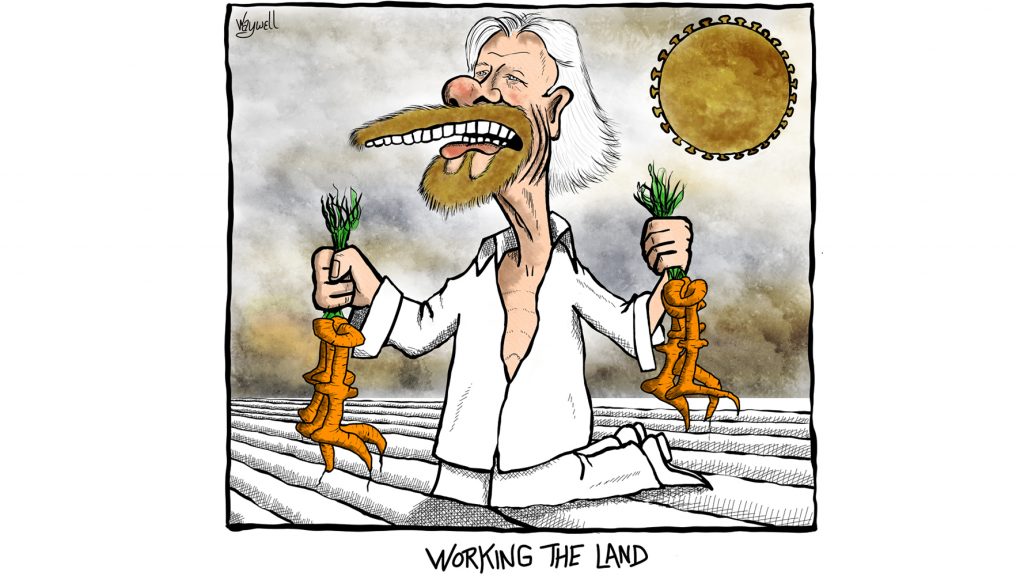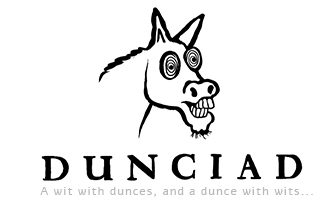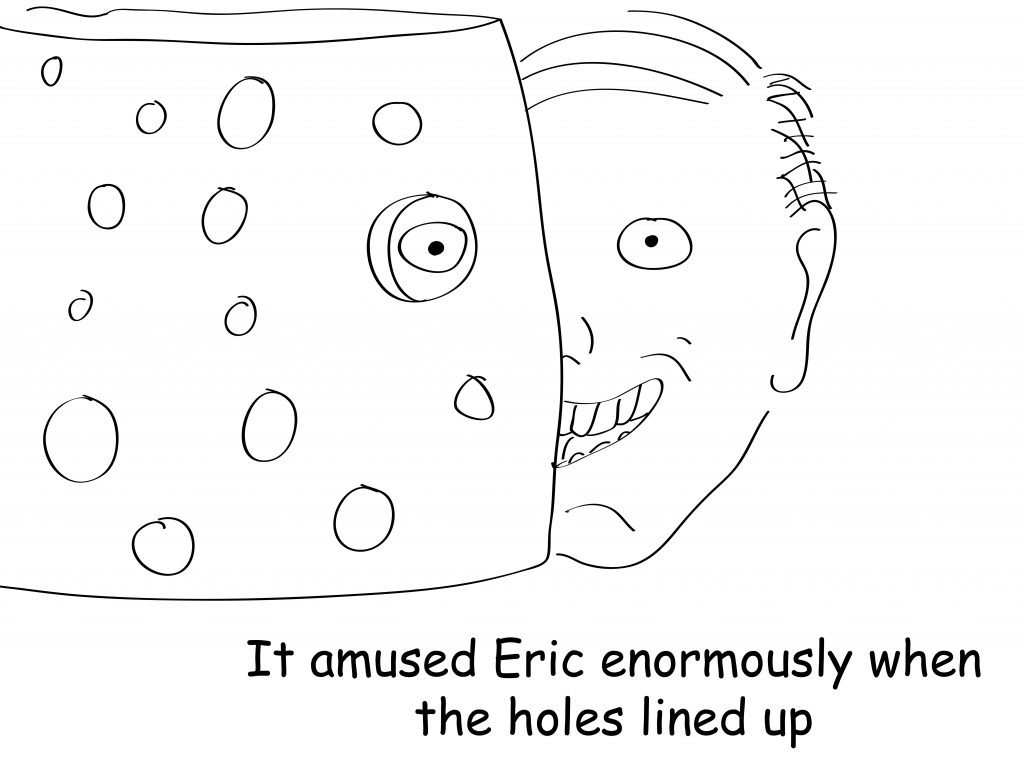
Once you learn about the Dunning-Kruger effect, it’s easy to become paralysed by self-doubt. The effect, as you probably know, is described by a curve where experience runs along the horizontal axis and competence on the vertical. It looks like this…

What does this tell us? It tells us that when people start out on any new venture, they usually exhibit that ego-fuelled bias that makes them think they’re much better at what they’re doing than they probably are. We all do it in all walks of life, though Twitter is really the best testbed for observing the phenomenon. During this public health emergency, for example, it’s been sobering to watch the number of laypeople explaining to public health experts how viruses work. It’s puzzling to watch and I can’t even begin to imagine what it would feel like should I ever find myself doing it. But then, I know about Dunning-Kruger. I think about it too often.
What recently struck me, though, is that Dunning-Kruger stories usually concentrate on that first bit of the curve. The rest is almost ignored for what it is: a long slow descent into self-loathing, an equally slow climb through competence and then the trudge towards mastery. It’s also telling that the other end of the curve suggests you’ll probably never achieve the level of competence you thought you’d already reached during that initial spike of enthusiasm. That alone is a depressing thought.
Now, I’m not here to throw any shade on the theory. I think Dunning-Kruger is a pretty good approximation for what goes on. This was one of the very first cartoons I drew in around 2008 and I can’t begin to tell you how proud I was of this. At the time, I thought it a nailed-on classic.
The weird bit is that I still love it. I still think it’s one of my best cartoons, even though it was drawn using a mouse and is very evidently the work of a rank amateur. I can see that, as a drawing, it’s a mess but the gag worked and, really, that’s the only thing that ever matters.
I no longer use mice to draw things. I progressed to use other techniques, technology, and learn new skills (still on the same PC, though!). I love simple gag cartoons but my heroes are so much more than a gag. Ronald Searle and Ralph Steadman exude style, Martin Rowson a barely contained rage, and Peter Brookes a dry wit that rarely fails to deliver. There are others I love almost as much and a few I sometimes find it hard to disguise how little I rate them. What I do know, however, is that I have a critical sense that I can easily apply to the work of others but completely abandons me when it comes to my own work. It’s been about 12 years of hard work to reach this stage and I still don’t know where I am.

Perhaps I could have worked more to nail Richard Branson’s likeness but I was pretty pleased with this. Yet, honestly, I don’t know how much I’ve really moved on. I can’t tell how far along that Dunning-Kruger curve I’ve travelled in that time. I do know that my works still gains no traction in the wider world — I’ve still not sold a single cartoon in my life! I do know that I’m increasingly struggling to justify carrying on now that it’s looking like I’ll need a new PC to continue. It took me an afternoon and an evening to create this. And for what? 12 likes on Twitter and zero visits to this blog. Aren’t there better things I can do with my time? Read a book, perhaps…
Ultimately, I guess, I’m being haunted by Dunning-Kruger. The horizontal scale is so arbitrary and here is the bit that really worries me, the bit that turns this into one of those reoccurring nightmares…
What if I’ve only just reached that first peak?


